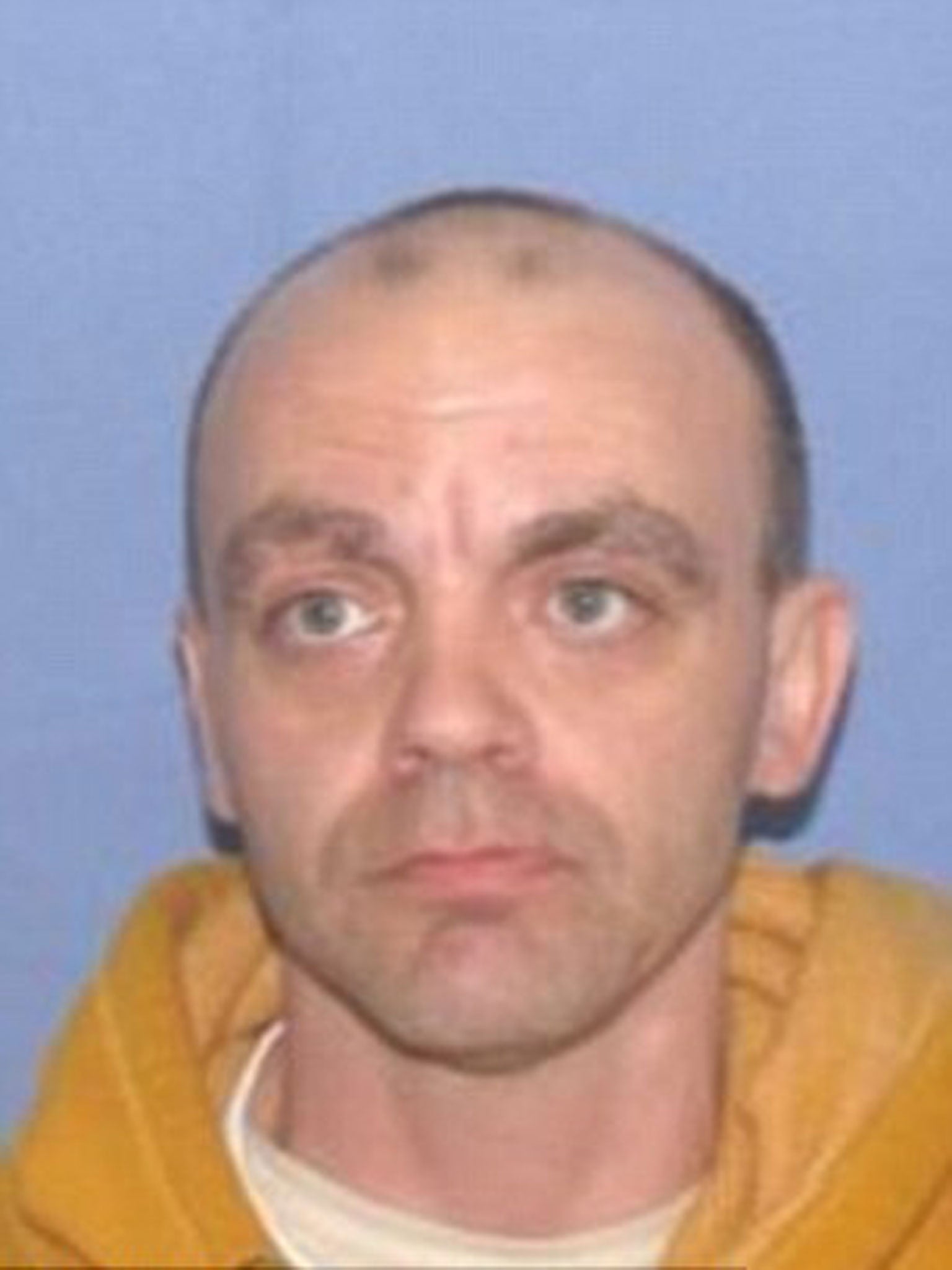Ohio trial hinges on a dying man’s blinks
Jurors need to decide if paralysed victim, David Chandler, was alert when police say he identified alleged killer

As he lay paralysed and dying in hospital, police believed a shooting victim could identify his attacker with nothing more than a series of blinks.
Now, a video of that silent interview with David Chandler, who died shortly after the shooting, is the key item of evidence at the murder trial of his alleged killer, which has just started in Cincinnati, Ohio.
The suspect Mr Chandler supposedly identified, Ricardo Woods, 34, faces a life sentence. His defence team insists the blinks are inconclusive and unreliable.
Mr Chandler was shot in the head and neck while sitting in a car in Cincinnati on 28 October 2010, leaving him paralysed from the neck down and unable to speak. By the time police interviewed him at hospital, his family had reportedly devised the blinking method by which he would communicate with authorities.
In the interview taped at Mr Chandler’s bedside, police asked him to blink three times for yes, and twice for no, as he answered their questions. He reportedly blinked three times to indicate that he knew the gunman, identified Mr Woods from a photo, and even named him by indicating the letter “O” from the alphabet.
Mr Woods sometimes went by the street name “O”, Hamilton County assistant prosecutor, David Prem, said in his opening statement, assuring jurors they would find the 17-minute video convincing.
Mr Chandler did not blink in response to every question in the interview, and sometimes blinked involuntarily, but the triple blinks are said to be clear. According to Julie Wilson, of the Hamilton County prosecutor’s office, “The police, at different times, also changed [the signal system] to make sure the victim really understood what they were asking.”
Mr Chandler slipped into a coma and died on 12 November 2010.
Mr Woods was charged with murder, assault and weapons offences. Prosecutors claim Mr Chandler, a regular drug user, owed Mr Woods money for drugs – but on the night of the attack had driven to a neighbourhood known for drug deals to buy from another dealer. The shooting occurred just 20 yards from Mr Woods’ home. The men who were in the car with Mr Chandler could not identify the gunman, though one had heard a voice calling Mr Chandler’s name, said Mr Prem.
However, Mr Woods’ defence attorney, Wendy Calaway, said her client was “an innocent man who found himself in a perfect storm of misinformation and misidentification”.
Mr Chandler, she said, had stolen drugs from dealers and had “many enemies”. His blinks, she told the jury, were “inconsistent and sporadic”, and he had only responded to about half of the questions put to him.
Murder cases in which a culprit is identified by non-verbal means – such as a blink or a nod of the head – are rare, but not unheard of, and have resulted in convictions.
Subscribe to Independent Premium to bookmark this article
Want to bookmark your favourite articles and stories to read or reference later? Start your Independent Premium subscription today.

Join our commenting forum
Join thought-provoking conversations, follow other Independent readers and see their replies